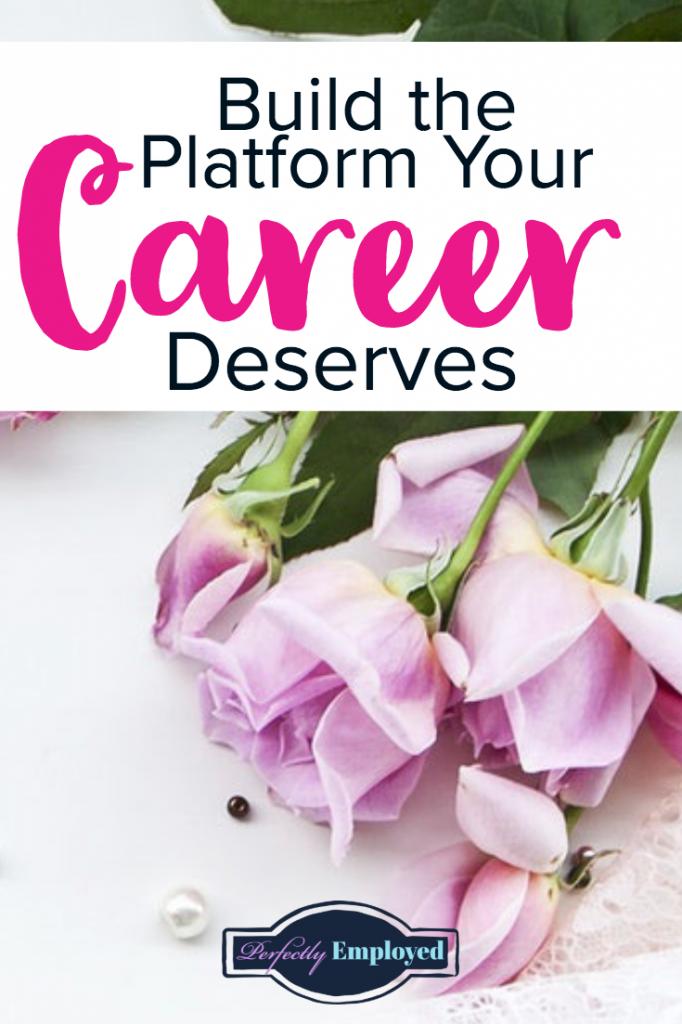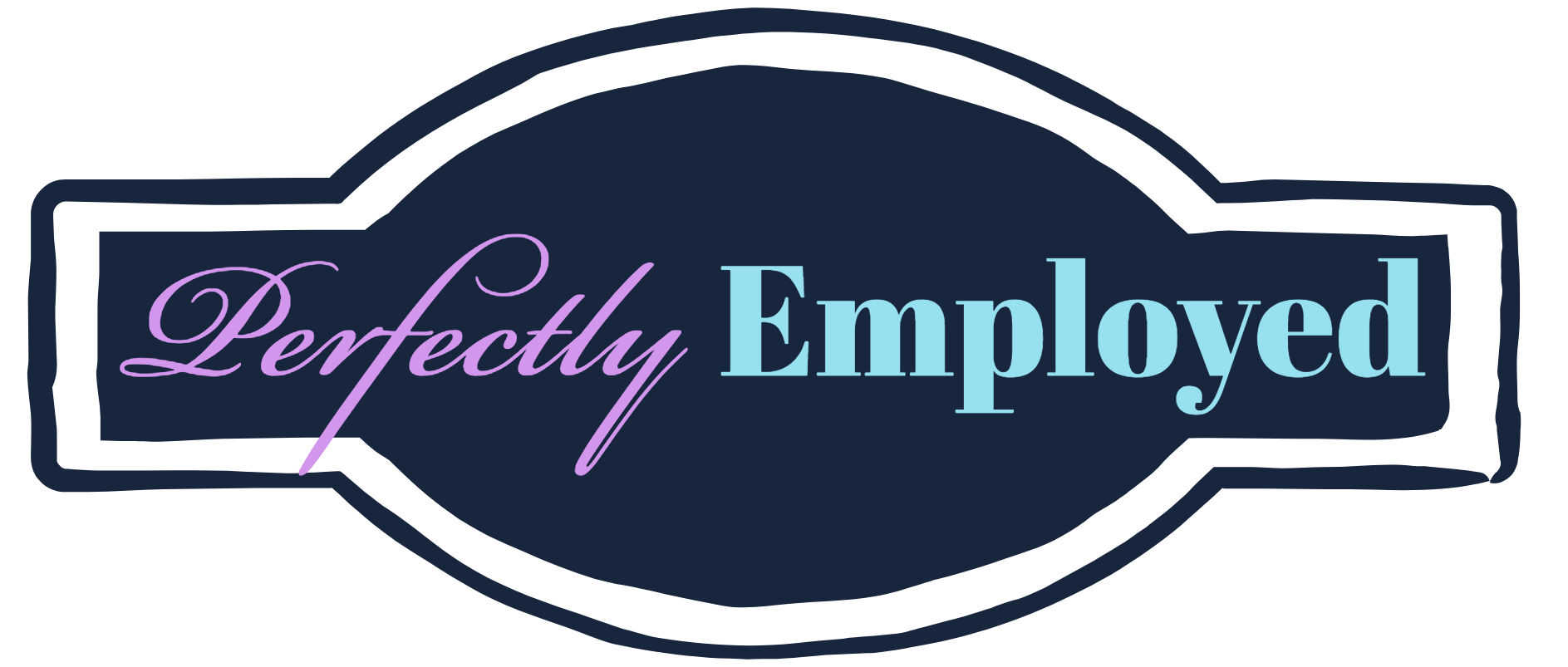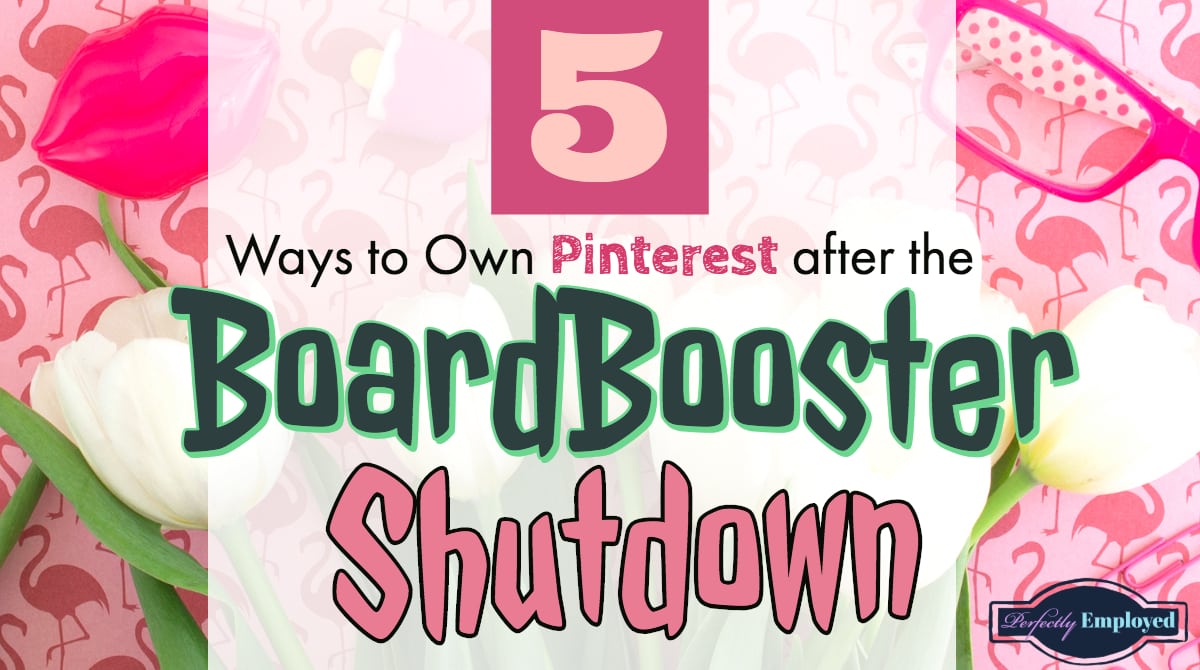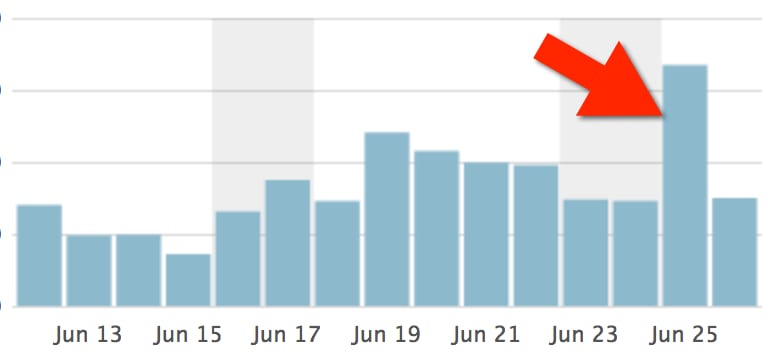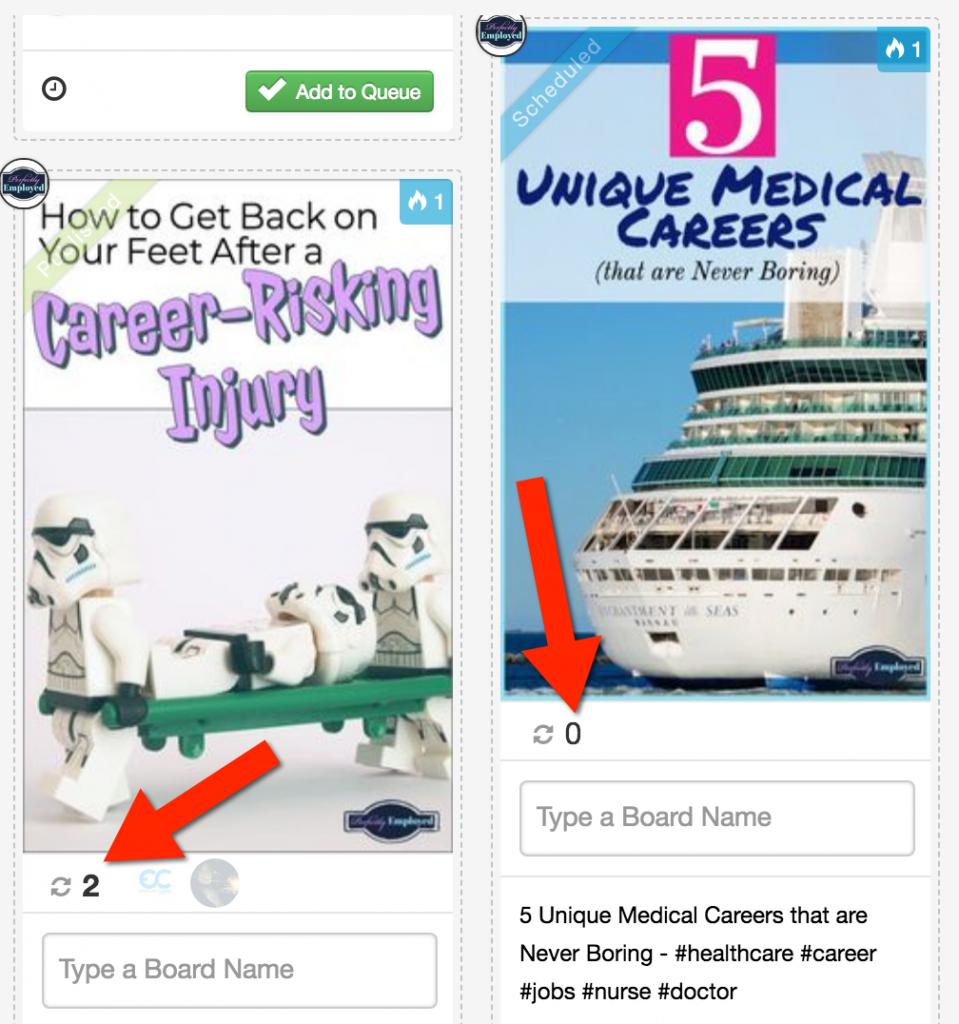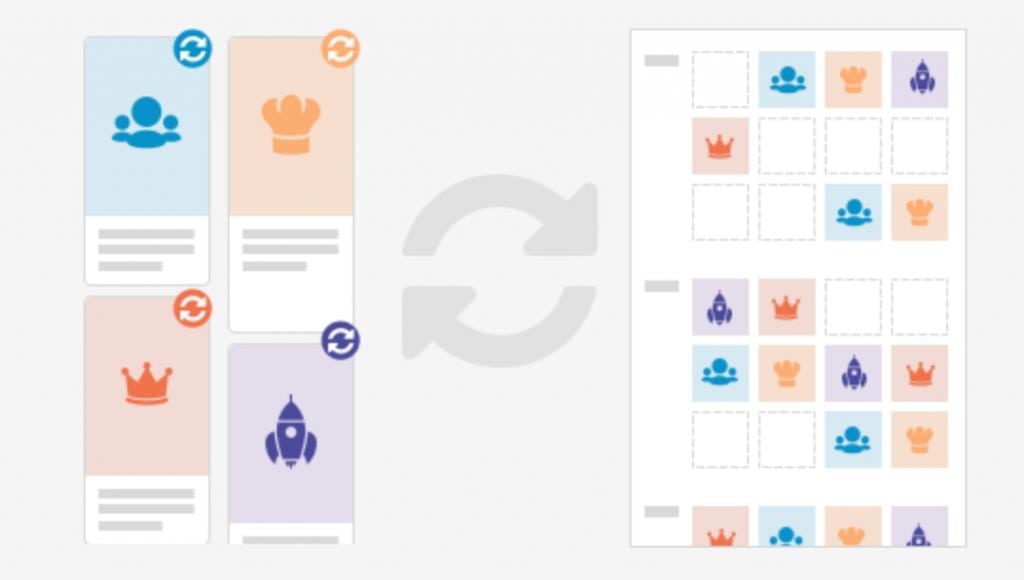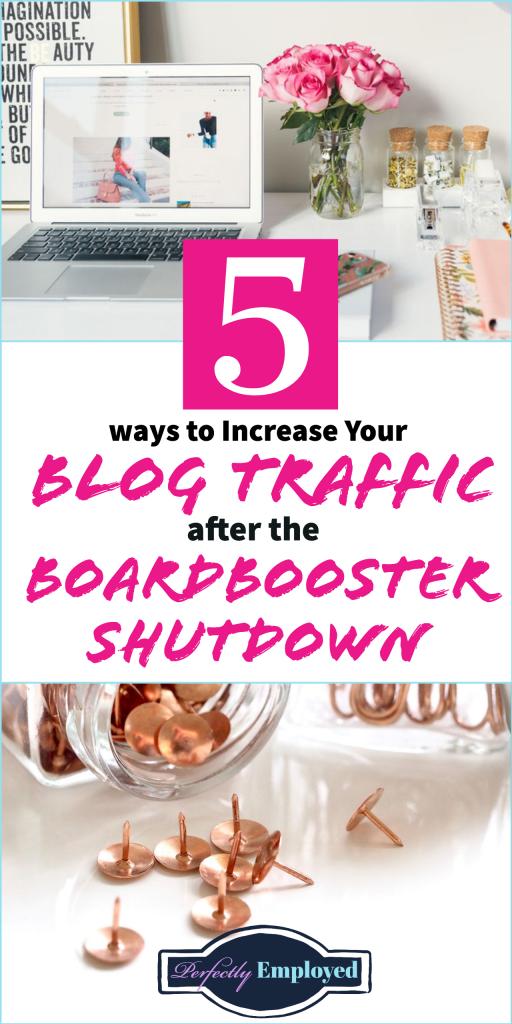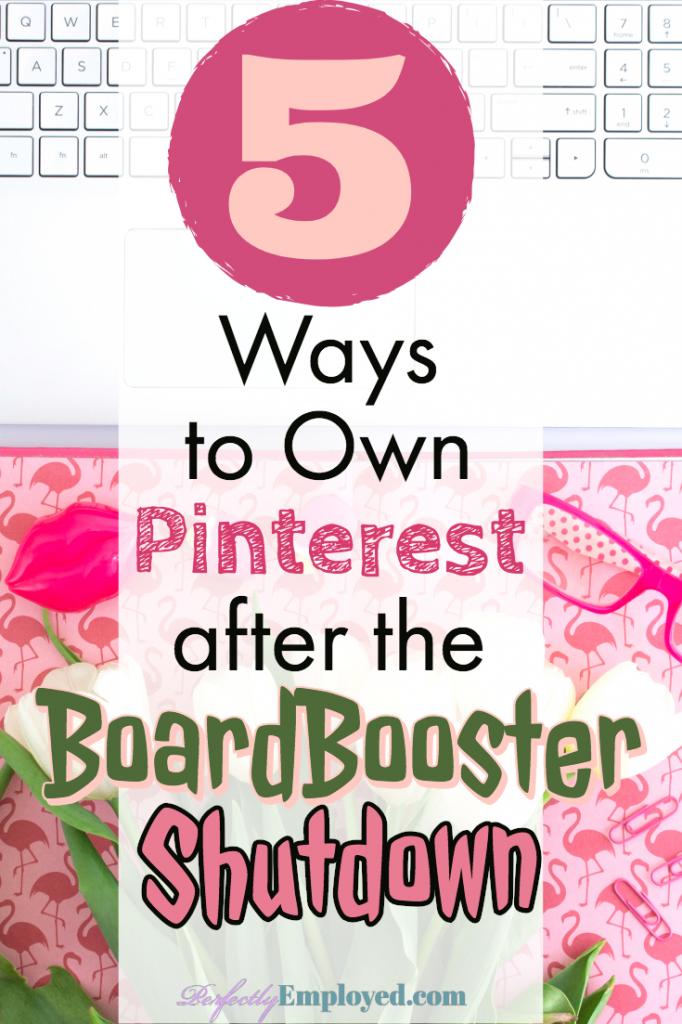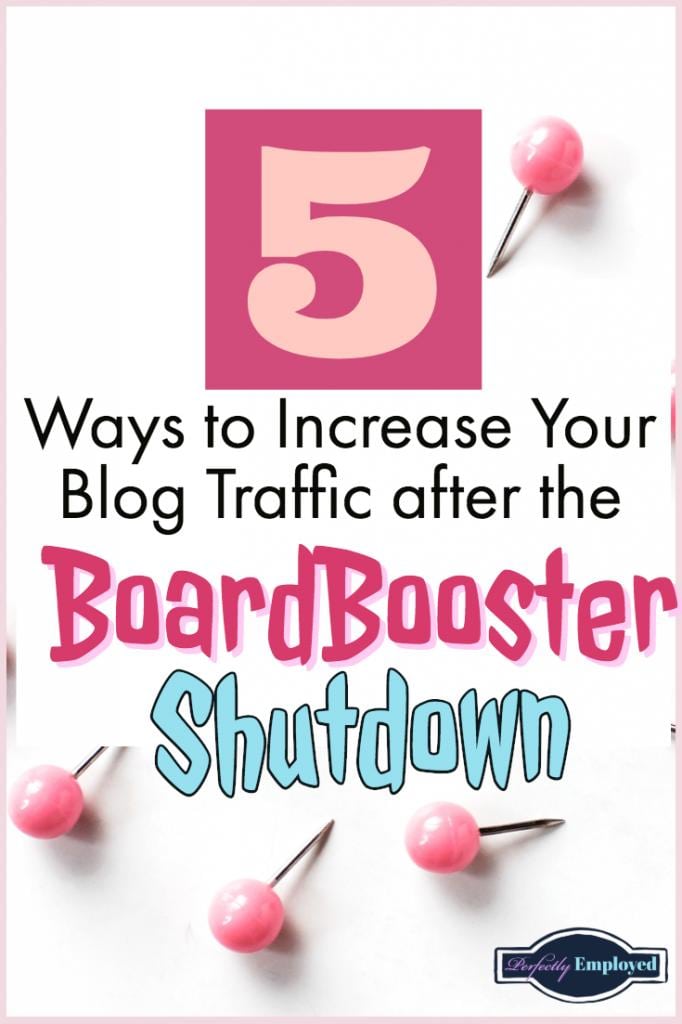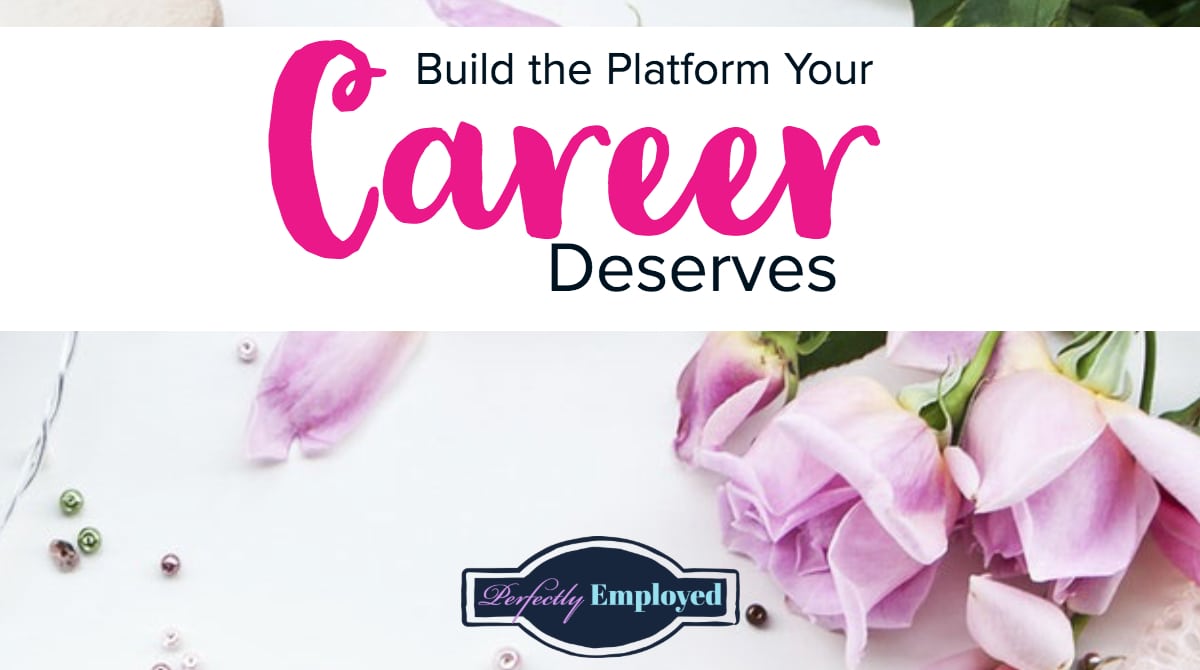
No matter your hustle, whether you’re starting a small business, selling your creative talent, or creating a new product for the market, you need a platform. You need a base from which to both make your living and make your mark with the products and services you provide as well as the information and advice that you can share. If your business is ready for success, then you need and deserve a platform. Here’s how you start building one.
Define your core message
You and your business are not going to be everything to everyone. We’ve seen it time and time again: if you try to cast to broad a net, you catch nothing. Instead, focus on your niche and create a brand that helps you catch the part of the market you are most relevant to as well as most likely to be able to grow from. For this reason, you need to find a brand story that is relevant not just to the truth of the brand and what you do, but one that communicates that as effectively as possible to your audience. It might be a lifestyle you can help them create or a problem that your services or product can help them solve. Once you find that brand story, make sure it’s reflected in every piece of copy on every page of the website.
Invest in the website
A story is only as good as how it’s presented, and this goes for the story that your website tells, as well. We live in a world where there are tons of tools, from WordPress to Squarespace, that make it easy to create a functional, good-looking website in no time. If you want to improve its marketing potential, however, you should look into investing in unique assets for it. From visual themes to photography and imagery, it is going to stand out all the more if it has elements that are unique to it alone and can’t be found elsewhere.
Write regularly
Content is king, as you may have heard. The internet is a content machine and the most active users are ever looking for the next piece of information, advice, or news most relevant to them. You should build a pipeline of ideas that encourage you to keep researching and writing new content that’s relevant and valuable to your audience. This page from Search Engine Journal also shows you how to use that content as a marketing and brand building tool. Finding the best places to share that content helps you grow the name and platform beyond the confines of your own website but also encourages more users to visit it, which improves your chances of winning new customers and supporters.
Join the community
Sharing your content far and wide is also an example of how you can find your place in the community of businesses allied both within and beyond the industry. There are lots of webinars and conferences on this list from Small Biz Trends that can show you how to connect with like minded entrepreneurs. Your potential partners can help signal boost your content, share referrals, and potentially even join you in marketing efforts in the future. Don’t look at other businesses as competitors alone. There’s a lot of mutual gain to be made from finding those that you can ally with. You may even find some more experienced figures to serve as mentors that can help you maximize your chances of success.
Stay in tune with your base
Your community isn’t just the businesses, of course. It’s also the customers and supporters who are most likely to be the backbone of your future success. It’s much easier to keep customers engaged and returning than it is to win new ones. Social media could play the central role in that. This blog from Hootsuite shows how to get your business started on social media, how to create more engaging posts, how to truly interact with the crowd, and how to build a following over time. Constant communication with your base doesn’t just help you keep profiting off them, either. It helps you stay true to them by listening to and incorporating their feedback.
Capitalize on opportunity
Let’s not forget what you have your platform in the first place, of course. Building a personal or business brand might be one of the key motivations behind it, but it is a tool for the business. Learn how to use it for the benefit of the business by taking a closer look at the journey the average visitor to your website takes. This review of Clickfunnels shows how you can strategically use funnels to turn more interested web users into visitors, and how you can convert visitors into customers. Your website is a marketing tool at least in part if not first and foremost. By eliminating the inefficient pages and navigation elements that get in the way of their journey to becoming a customer, you can make it a more effective converting tool.
Use your success
With the focus on the platform, the community, and the services you provide, success will come. When it does, you can make use of it, too. Getting customers to share their stories and building case studies helps you provide positive social proof that you and your business do exactly what the website claims you do. People are much more inclined other customer customers than they are to believe the promises of any brand. Not only do customer success stories add credibility, it also shows that you are focused on customer success. This makes your community more inclined to believe that you are truly on their side (as you should be) and increases your chance of winning their support in the long-term.
Your business idea might be the best the market has ever seen. You might have the creative talents that can help you find a truly lucrative niche. That’s only the first step to success, however. The marketing, sales, and thought leadership that your platform can provide is just as much a contributor to your success.
